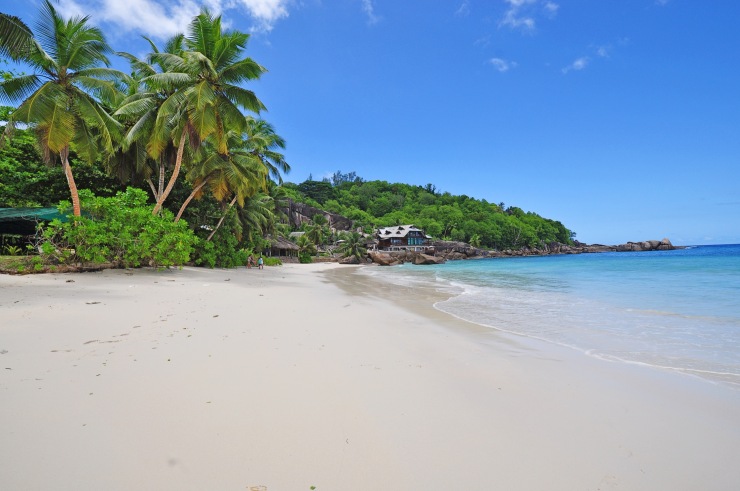
Mahe is the largest granitic island of the Seychelles archipelago. With 27 km in length and 8 km in width, Mahe shadows its neighbouring islands in size.
Discovered in 1742 by Captain Lazare Picault, the island was given its name in honor of Mahe de la Bourdonnais, the French governor of Ile de France (Mauritius).
In 1771 the first settlement was opened under the name ‘L’etablissement du Roi’ or in English ‘the kings establishment’. ‘The stone of Possession’ which was placed by Nicholas Morphey to symbolize the possession of Seychelles by the French, can be seen in the National History Museum in Seychelles.
Though being the most densely populated island of the Seychelles archipelago, with some 90,000 people living on Mahe alone, it has kept all of its natural charms intact.
Mahe is the economic and political hub of the Seychelles. The main businesses and Government offices are found in Victoria and this is where the majority of the population works.
The mountains of Mahe harbor many species of exotic plants. The true face of Mahe cannot be discovered in a hurry, time must be taken to appreciate the full scale of all its attractions and natural beauties. The Botanical Garden allows visitors to see many of the endemic plants of Seychelles. The ‘Coco de Mer’ and Giant Tortoises of Aldabra can also be seen there.
The Natural History Museum is home to an impressive collection of shells, corals and coco de mer, one extraordinary display being the Giant clam shell from Aldabra. The museum is housed in the Carnegie building which dates back to the 1920s.
The Victoria Market (Sir Selwyn Selwyn-Clarke Market) is the most vibrant and colorful place on the island. Stalls are laden everyday with fresh fruits, vegetables, fish and spices, scents from cinnamon, vanilla, lemons and mangoes fill the air.
Anse Royale is home to the Seychelles first Spice Garden, the ‘Jardin du Roi’ or Kings Garden. Found at upper L‘Enfoncement, visitors can discover spice trees, vanilla, bamboos, fruit trees, vegetables, tropical flowers such as the Ylang ylang, as well as birds, fruit bats, a cinnamon distillery, a tasting area and museum. There is also a formidable little creole restaurant on site, offering refreshing tea after a hot days hike through the surrounding gardens.